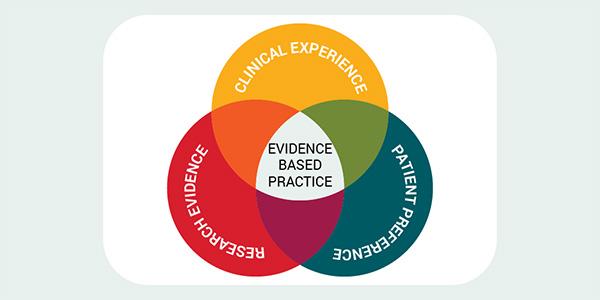It is better to climb, or move, a mountain in stages. It is the same when you want to change your life. Structuring allows you to determine progressive phases and to be reassured of their feasibility.
What strikes me most often in people who are prostrated by the fear of change is the irrationality that surrounds it. Either they want it all, right away. Or they get discouraged because the road seems so long, so difficult. But who says that life has to be changed all at once and in the snap of a finger? And that resilience was built up in a single warm-up session?
I’m still convinced: once the intention of the life change is clear, the process begins and becomes more affordable.
Here are four steps to get there.
Step 1: Determine exactly what you are leaving
Many people think that the word ‘grief’ applies to a heavy loss: a loved one, an animal, a major loss. However, our lives are paved with small bereavements, and there are many examples: my beloved boss has changed jobs, I’ve lost my illusions about my career in this company, I can say goodbye to the promotion I was promised, I’ve just realized that this project is too risky, there’s no love left in my marriage, my child won’t be a champion … my dream of … will not come true, I realize today that I was led by illusions, and many other things.
An important step is therefore to ‘name the mourning’. Do I really regret this job or was it accompanied by broken promises, what am I actually giving up? And my partner, is it the husband I’m losing, or rather, my friend, my travelling buddy, my handyman, my cook, my lover?
Naming what we lose or decide to leave accurately allows us to give it the right impact on our lives. In this way, we see exactly what we are really giving up, no more and no less. And our resilience, our willingness to change, can then be more easily activated.
Step 2: Let your authentic emotions come alive
Changing life, going through mourning is a process punctuated by stages: denial, anger, fear, confusion, blame, guilt, doubts, sadness, acceptance, integration and, later, discovery of the hidden gift that made us grow. My numerous trainings in coaching, mentoring, transactional analyst and neuro-sciences made me discover the expressions of authentic emotions. I learned that human beings tend to substitute, diminish or, on the contrary, accentuate their emotions. It is a question of education, of cultural “formatting” – in Western countries, men usually don’t cry. It is also made of beliefs – if I show myself vulnerable, I show my weaknesses, and so on. All this doesn’t facilitate the process. However, from the moment that the emotion is genuine, it allows us to apprehend the stages of mourning and, consequently, of the change of life fully grasping the facts and with the ability to go through them with greater serenity.
Step 3: Establish a clear vision
The length of time a bereavement or waiver lasts depends on the impact of the loss. The greater the loss, the longer it will take. Very often, however, the person cannot afford to wait until the end of the mourning period before moving on. They need to move forward and regain their energy, drive and, of course, productivity and concentration at work. The coach or mentor will therefore encourage the person to glimpse the snippets of a longer-term vision, and this is how the person will be able to bring more meaning to life.
As we saw with the Covid-19 crisis, life is very, very short. Realizing this means accepting to live it more intensely and, by the same token, to do everything possible to give it meaning.
To give meaning to one’s life, to glimpse one’s mission, to define one’s desires and passions, is to give oneself permission to see the light at the end of the tunnel and to be able to cross it.
Step 4: Moving into action, in well-thought-out phases
And finally, moving into action implies defining a path marked out to reassure us of the feasibility of our life change. Here too, the coach or the mentor will be there to support the person in establishing the steps and challenge the person on the ‘Smartec’ aspect of his or her objectives: specific, measurable, achievable, realistic, time related, but also environmental-friendly and totally under his or her control.
The rest follows, in a natural way, and not forgetting to celebrate each step taken. Changing your life is perfectly feasible. However, it becomes so much easier when you surround yourself with the right, positive, encouraging people… and when you dare challenging yourself to ensure the change is authentic and based on a healthy foundation. You can’t build a new house on a polluted land.
I wish you a nice construction.
Sylviane Cannio





